9000 BC
Livestock +
To Barter or Not to Barter?
Contrary to popular belief, the idea that bartering pre-dates the invention of other forms of currency is now seen as unlikely.1 The reason? Bartering is extremely inefficient. Historically, people have engaged in a barter economy as a supplement to other forms of payment.
With the rise of agriculture, animals like cattle, sheep, camels and other livestock, along with sacks of grain, were used as traditional "stores of value." Cattle were even called "capitale" in latin, which is where we get the word "capital."2
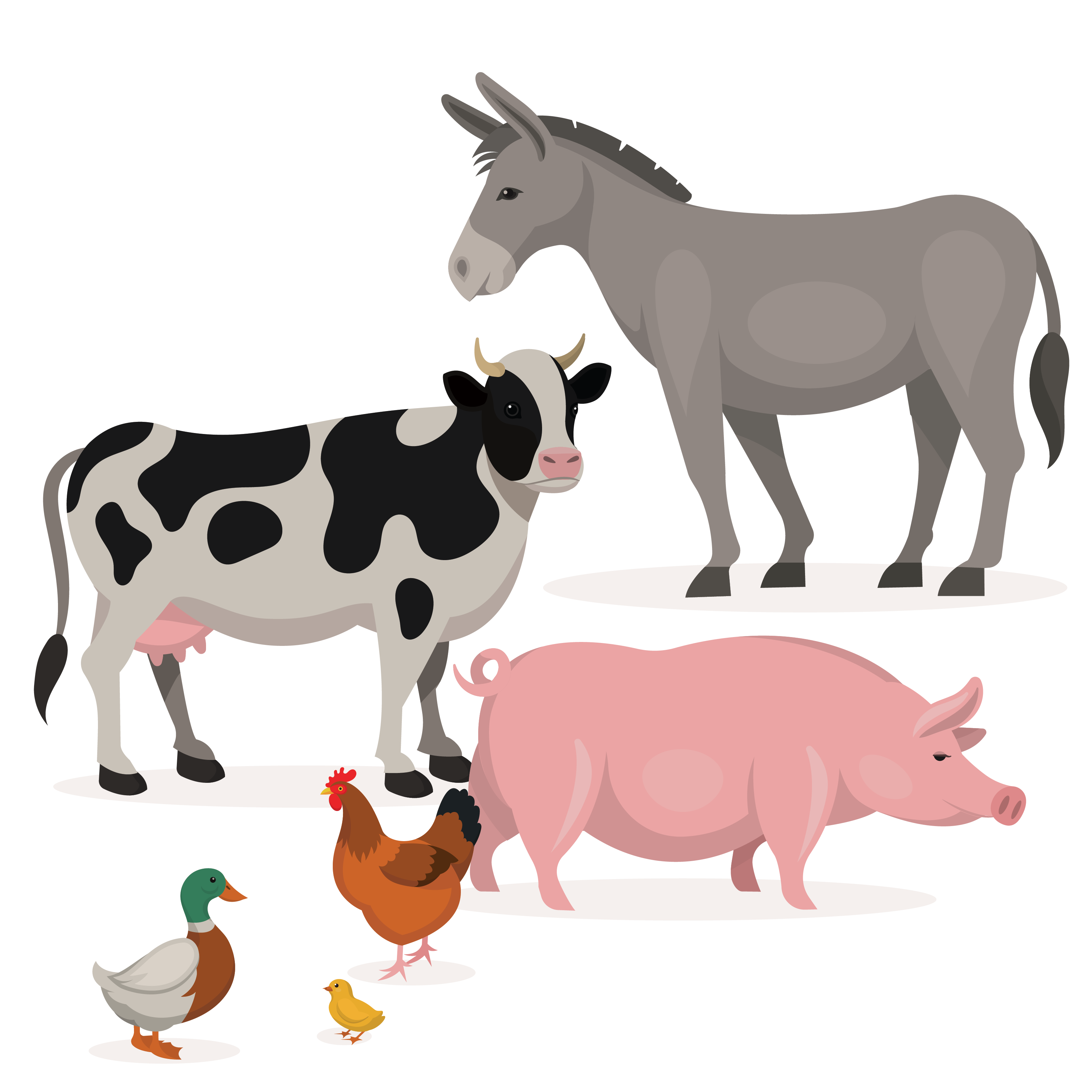
1300 BC
Cowrie Shells
Cowrie shells are the small, colorful shells of a certain type of sea snail found in the Pacific and Indian Oceans, and have been used as currency all over the world. Individually or strung on necklaces, they represented everything useful in a currency: small, divisible, and durable.3
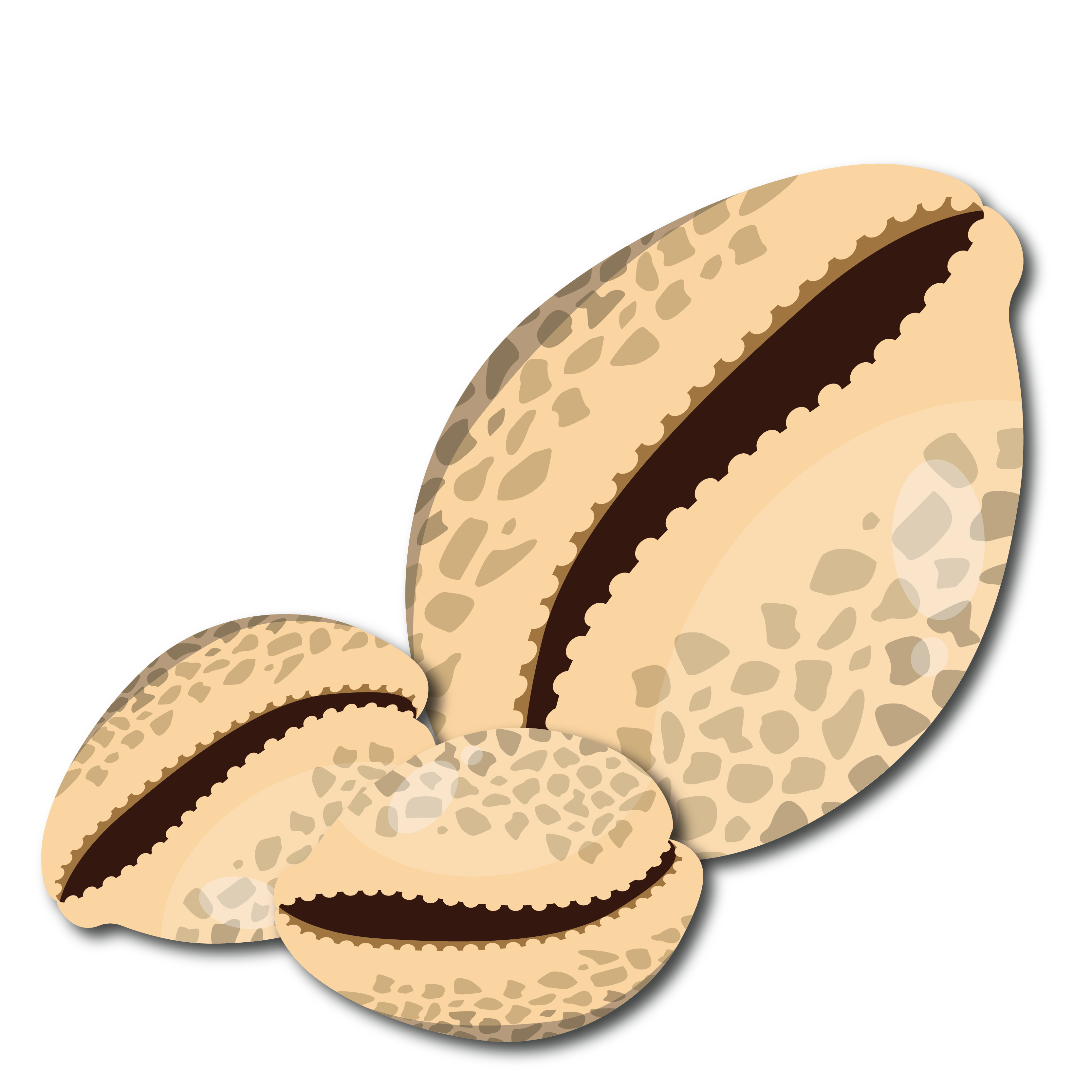
700-600 BC
Coins
Alternative Shapes
Besides the lumps of gold and silver in Turkey, the earliest coins took on shapes of knives and spades.4
The first coins were put into use in seventh century Turkey. Not exactly round, they were small lumps of a gold and silver mixture called electrum, often with a pattern stamped on one side. Despite their irregular shapes, early coins were held to strict weight standards.5
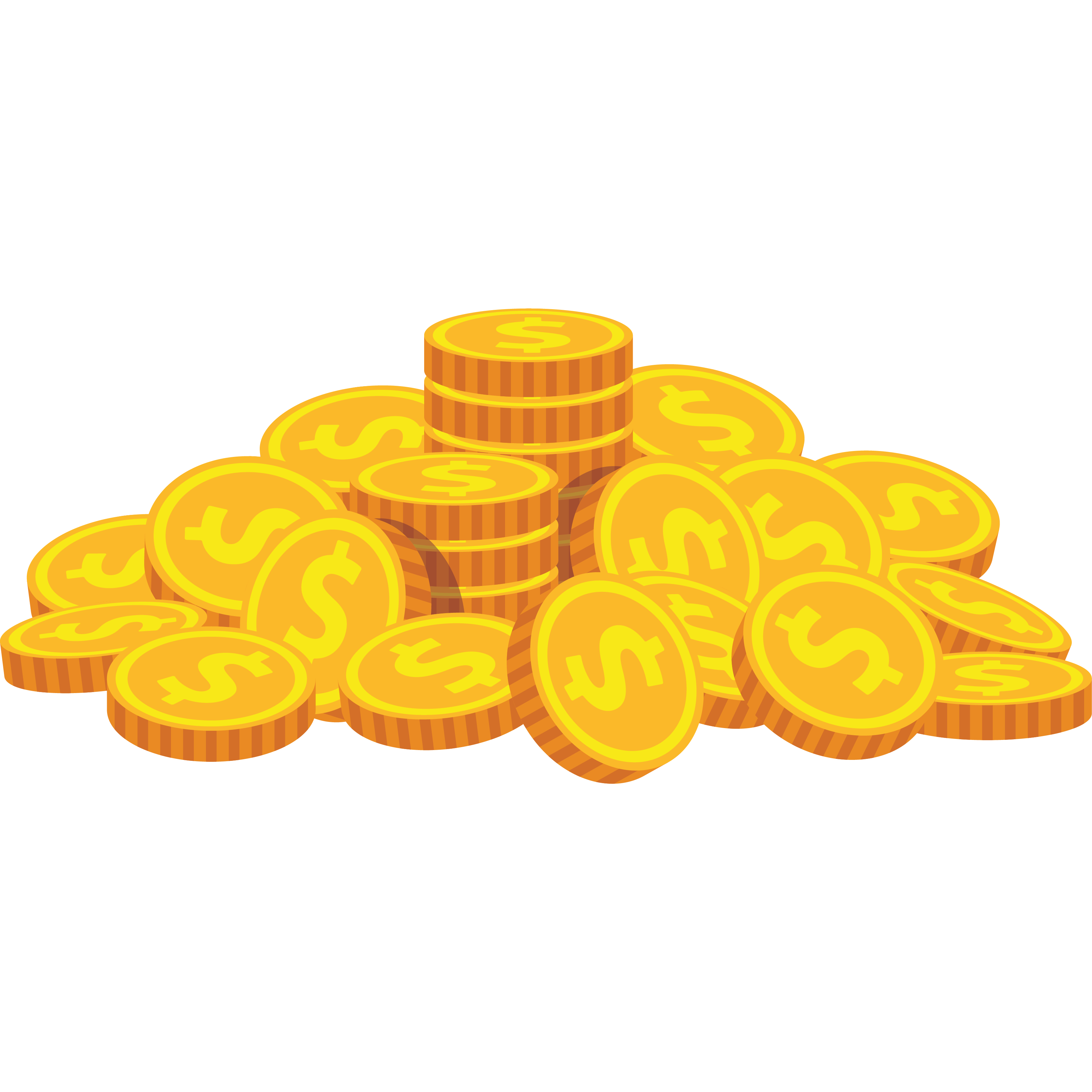
600 AD
Paper Money
Leather Goods
In addition to the first paper money, China also invented the first "banknotes," made of leather. One foot square and decorated with patterns and a fringed border, princes were required to purchase these notes at a price of 400,000 copper coins, and to present gifts to the emperor on them.6
The Tang Dynasty of China was the first to put paper money into use, nearly 500 years before it caught on in Europe. But early experiments weren't without pitfalls: China went through a financial crisis when the paper money production grew until its value bottomed out, causing massive inflation.7
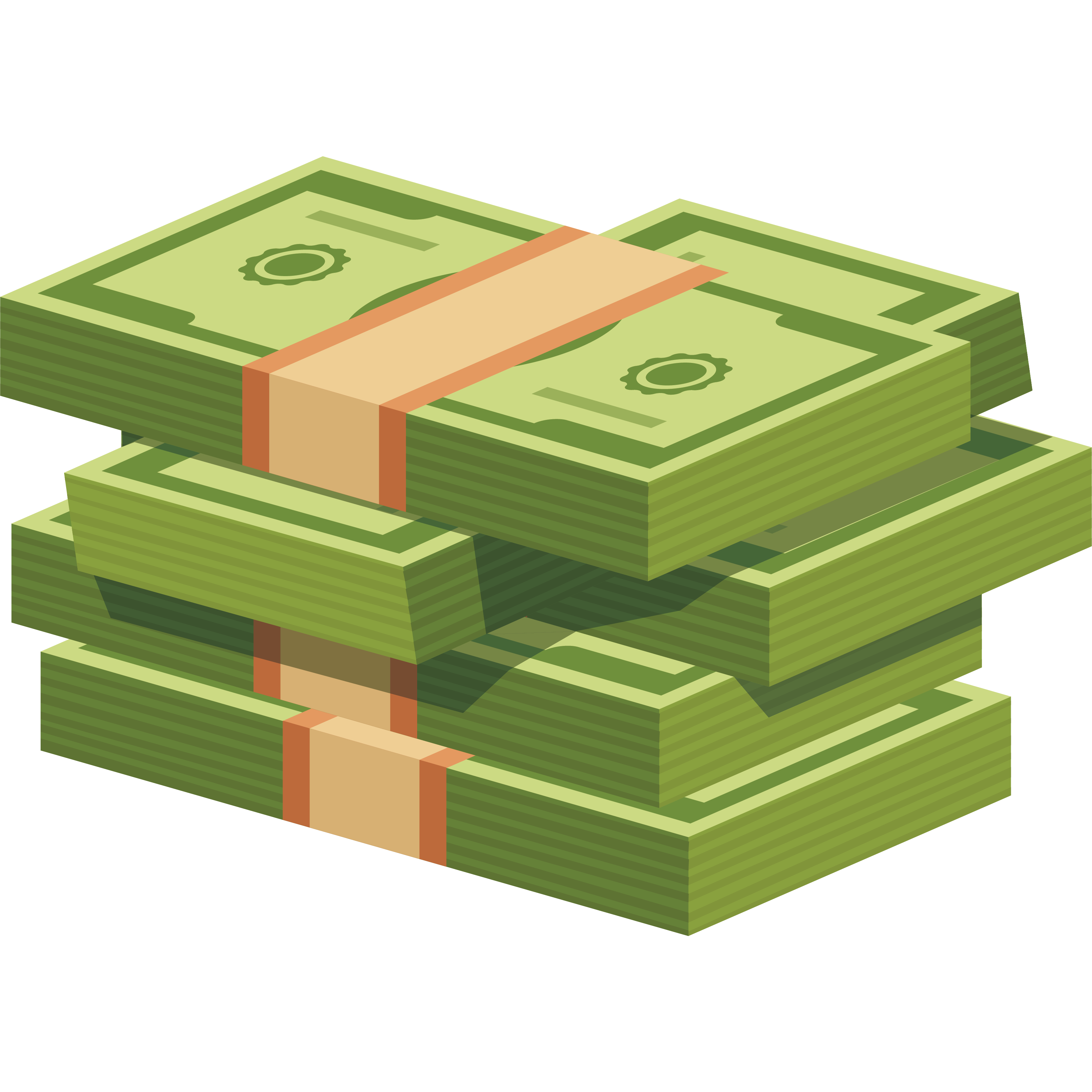
~1800 AD
The Gold Standard
Through the Nose
The phrase "pay through the nose" has its origins in ninth century Ireland. When the Danes conquered the island, they took census by “counting nose,” imposing high taxes on each “nose.”8
Britain was the first country to adopt the gold standard as the fixed value of their currency. Germany. France, and the U.S. followed suit in the 1870s. By 1937, in the wake of the Great Depression, not a single country remained fully on the gold standard, and in 1971, the U.S. fully suspended it.9
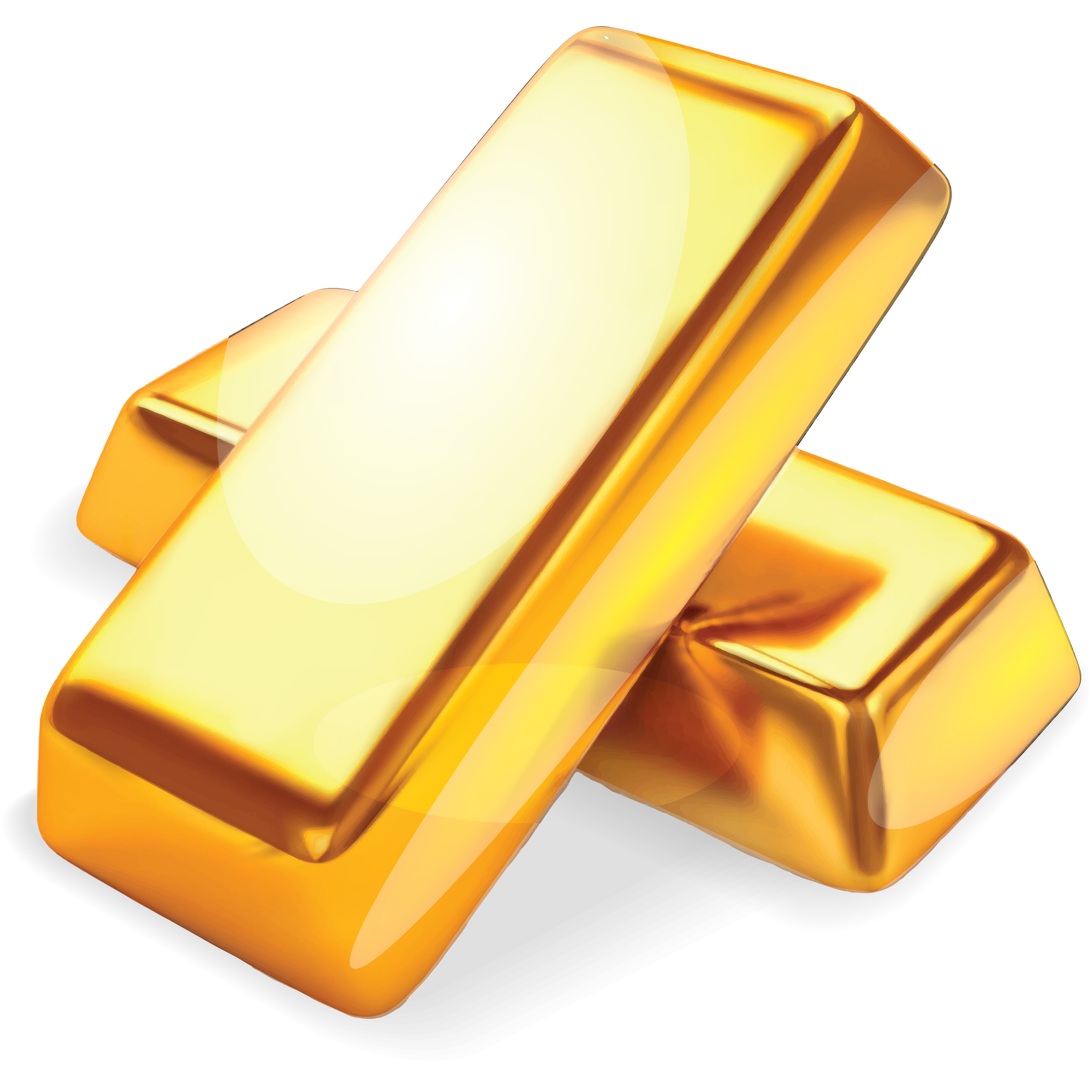
1944 AD
The U.S Dollar
Bretton Woods Agreement
Under this agreement, the U.S. dollar officially became the world's reserve currency. Thus, instead of accumulating gold reserves, other countries accumulated reserves of U.S. dollars.
Today, central banks continue to hold the majority of their reserves in U.S. dollars, including cash and U.S bonds such as U.S. Treasuries.10 As of Q4 2021, 58.8% of allocated reserves could be found in U.S. dollars.11
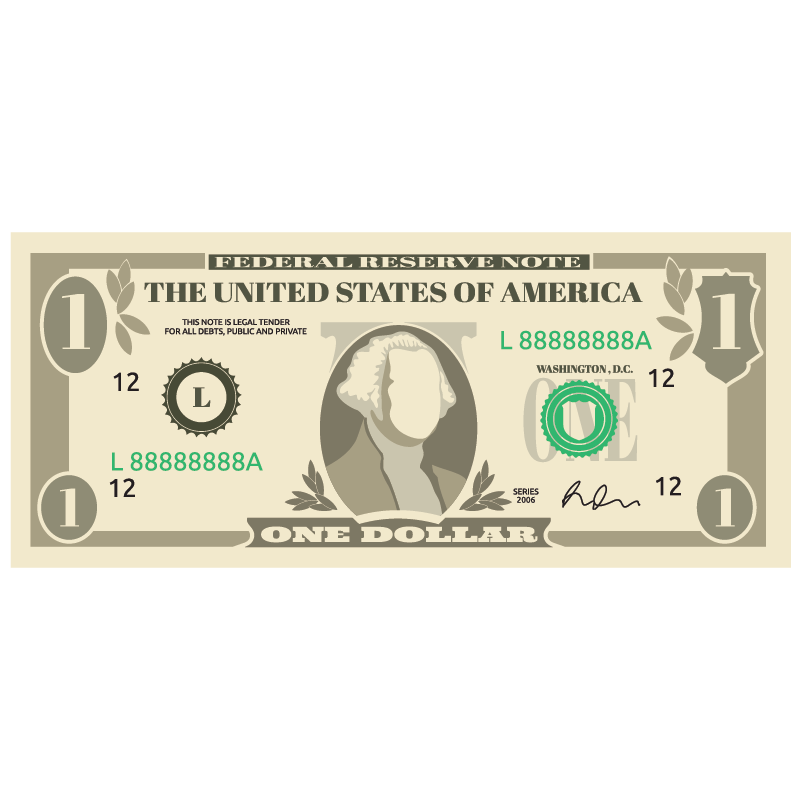
When you’re ready to go head-to-head with your financial future, we’ll sit down with you face-to-face.
Let's TalkResources
- AnthroEncyclopedia.com, 2020
- Scholastic.com, 2021
- NB8Museum,be, 2021
- Money.org, 2021
- Ancient.eu, 2015
- ForumAncientCoins.com, accessed 2021
- Time.com, 2021
- Grammarist.com, 2021
- Britannica.com, 2021
- Investopedia.com, 2021
- Data.IMF.org, 2022